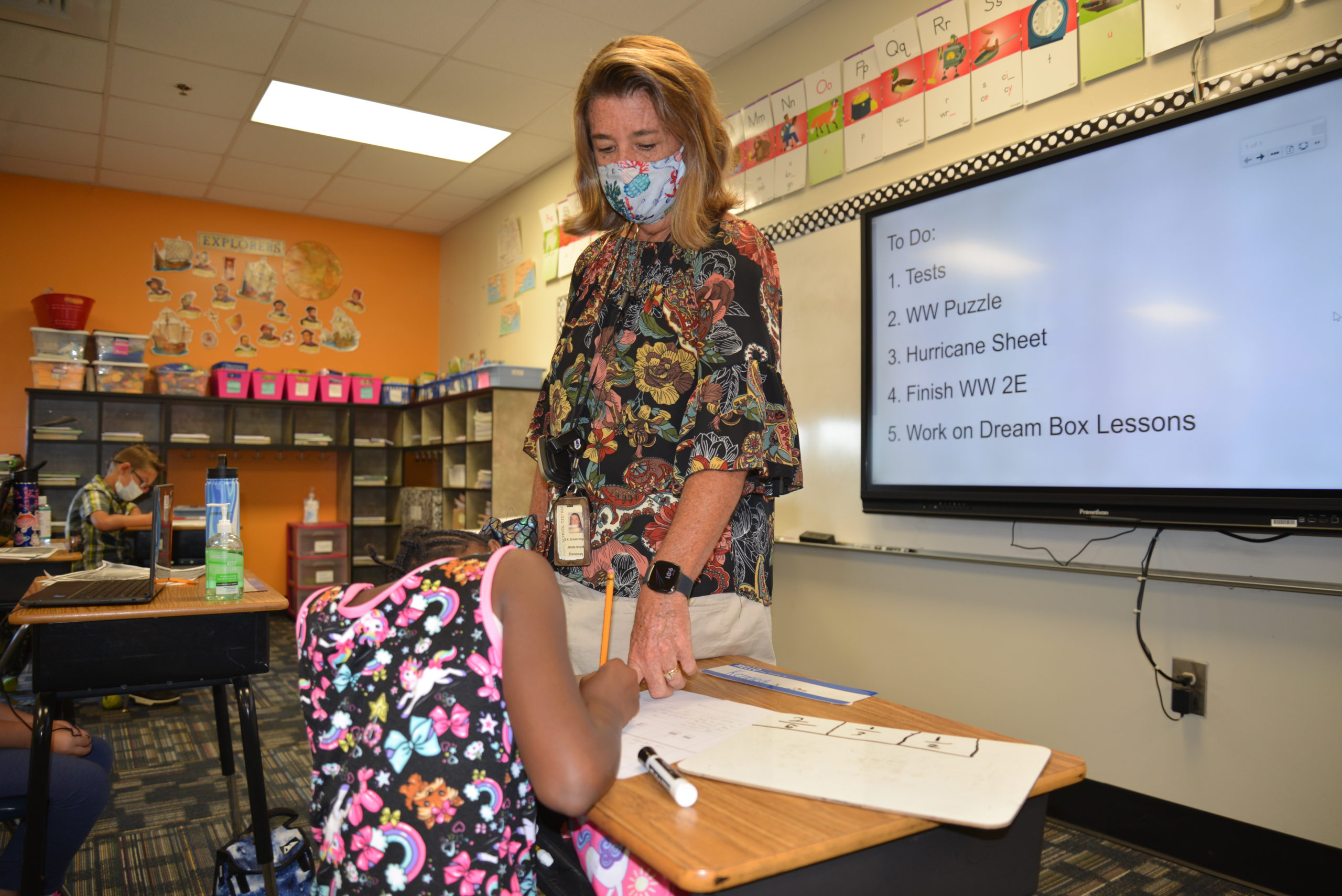In 2019, I published an article regarding critical issues in education. These challenges included funding, safety, mental health, technology and innovation. I didn’t anticipate school leaders having to navigate through a global pandemic, teachers becoming tired, and teacher preparation program enrollment decreasing.
I propose we add teacher preparation and retention to the list of critical issues in education and place them high on that list. Improving teacher retention serves to improve the education system as a whole.
A 2022 poll conducted by the National Education Association found that 55% of educators plan to leave education sooner than expected, due in large part to COVID-19. High levels of stress, increasing demands, salary, safety and more all contribute to this exodus. Teacher retention is one of the most challenging issues facing educational systems in the United States today.
Educators are constantly talking about the whole child. This requires us to support children’s socialization and emotional stability while ensuring academic growth. It’s Maslow before Bloom, and educators are very familiar with this approach to child development.
The secret to teacher retention begins with nourishing the whole teacher. This means making sure we’re taking good care of the people that care for the children. If we want to attract and retain the best teachers, we need to establish a culture of care in our schools so people want to join our team—and stay for the long haul. Creating a sense of belonging for adults where authentic self-expression, voice and agency are valued is no small venture.
Attracting and retaining the best people begins with providing time for teachers to take care of themselves. Sending the message that a work/life balance is not a luxury but a necessity, helps to shut down at night and reenergize so everyone is ready for a new day ahead.
Providing professional development based on voice and choice is the next step. Check in. Follow up. Follow through. Say what you mean. Mean what you say. Show interest. Value people. This is how to develop strong, trusting relationships. When the word gets that your district is a great place to work, you won’t need to look far for the best candidates—they will come looking for you.
I write from experience. We have had dozens of teacher candidates apply for positions in our district due to our whole-teacher approach to building the best team. There are several key considerations for hiring and retaining the best teachers, including administrative support, mentorship, compensation, collaboration, positive school climate, and inspiring and empowering them to lead.
We need to prepare new teachers for the realities of our profession. This must include courses on social-emotional learning within teacher training programs. We require teachers to provide SEL for students without training them on what that actually looks like. SEL should not be another “thing” on a teacher’s plate. As we model for our teacher candidates what SEL looks like in our practice, they will be able to seamlessly transfer it into their daily practice. Understanding and infusing SEL into our practices will benefit the whole teacher and the whole child.
Providing teacher candidates with top-notch preparation begins with partnering with local universities. Instead of a semester or two dabbling in student teaching, universities should require this to mimic medical internships, with a two-year process of diving into the nitty gritty of all that this wonderful profession necessitates us to do. After two years of “professional rounds” our candidates will be ready to take on the full responsibilities of teaching, including SEL, academics, innovation, creativity, blood, sweat, tears— and joy. And if lucky enough to be hired in a district that has a focus on a culture of care, retention will be smooth sailing.
If school leaders don’t take action to mitigate teacher turnover, the problems of a dwindling teacher population will intensify in the coming years. These strategies and ideas will strengthen the overall structure of schools by cultivating effective collaboration, increasing teacher success, and improving school culture. As a result, district leaders can create a school environment in which both students and teachers can thrive.







